
In the centuries since the legendary 1816 evening when Mary Shelley — then still the teenaged Mary Godwin — first began to tell the tale of Victor Frankenstein and his monster, that story of horror and hubris has become one of the world’s most recognizable narratives. It also, these days, stars one of the world’s most recognizable characters. The monster is a Halloween mainstay, and the modern version of his likeness — with his green-tinged and seamed skin — is instantly recognizable.
That recognition is the product of a steady visual evolution, as explored in the forthcoming book Frankenstein: The First Two Hundred Years by Christopher Frayling. But it’s also the product of a very specific moment in history, in which the educated elite class to which Shelley belonged would have understood the idea of reanimating a jumble of human parts had serious scientific backing.
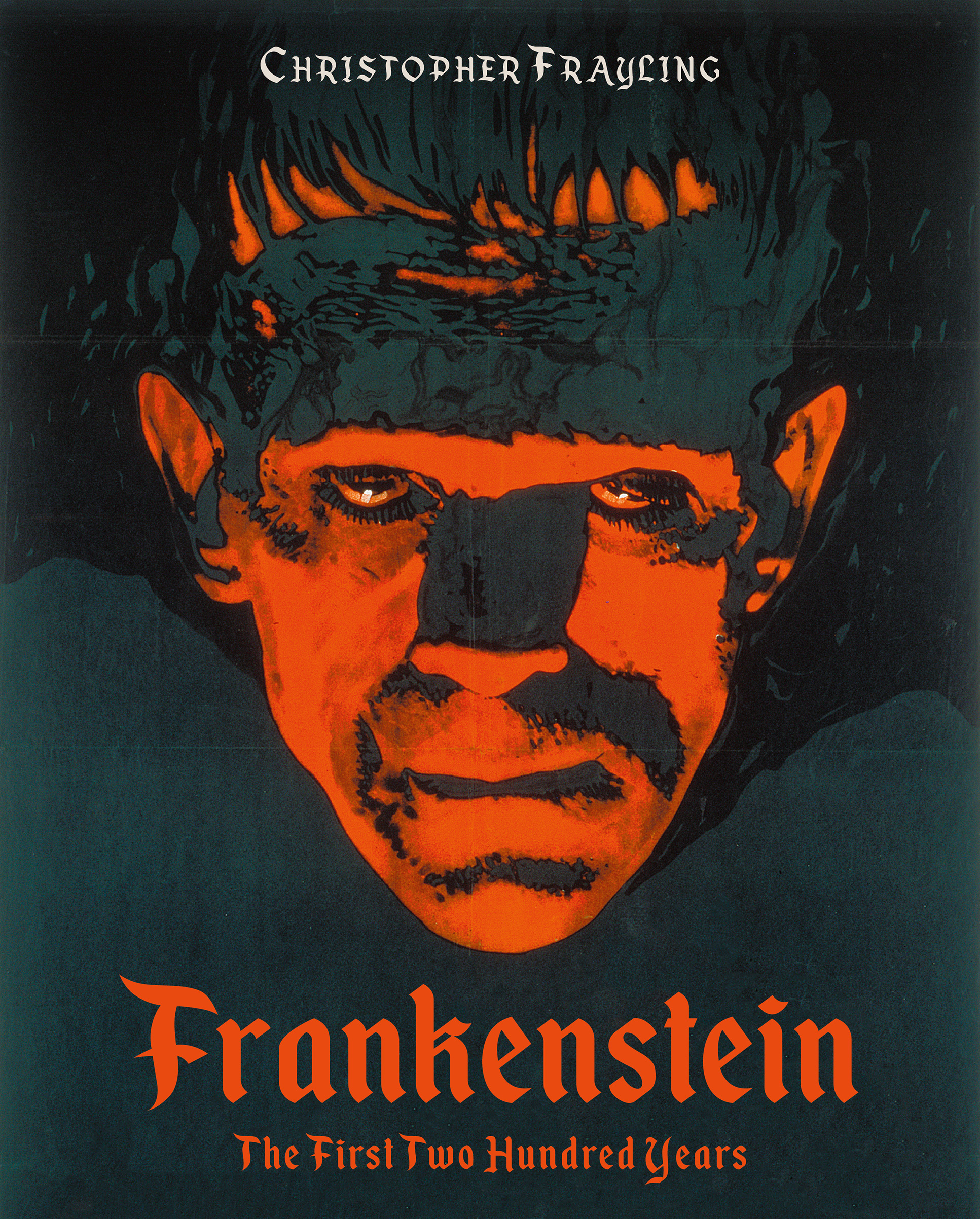
The idea of a human being as merely a mechanical assortment of bones and muscles has been explored since the 18th century by scientists and philosophers, and plays and stories of the time reflect the fascination with the idea. William Godwin, Mary’s father, had exposed her to cutting-edge science from her childhood on — at a time when many were captivated by the mysterious role of electricity in nature, and the record shows that she attended scientific demonstrations. And, as Frayling notes, when Percy Shelley was a student at Oxford, he had even tried to bring a cat back to life.
During the summer of 1816, when Mary, Percy and their friends (including Lord Byron) gathered near Geneva and challenged each other to tell ghost stories, that science would have also been a frequent topic of discussion. As Frayling writes:
[The conversations] were doubtless about a debate known as the “vitalism” controversy which was rocking the Royal College of Surgeons at the time — through rival series of public lectures about the chemistry of life. This debate was in essence between the spiritual on the one hand and the biological or physiological on the other; it was about the very origins and nature of life. Where did the “vital spark” of life actually originate from — from God or from biology or rather from parents? What of the soul? And what happened to the soul after death? It was a heated Richard Dawkins-versus-intelligent-design-style debate, which had gone public in 1816, and the champion of the biological argument, the radical consultant surgeon and medical author William Lawrence, had been Percy Shelley’s own doctor since a heath scare in summer 1815 — and had attended Mary Godwin, at her father’s request, since May 1812. It was Lawrence who introduced the word “biologist” to the English language.
While Mary was perhaps not an active participant in those conversations, it’s not hard to see that the subject wormed its way into her mind.
And, processed through her remarkable imagination, it emerged as Frankenstein. Though the electrical science that fascinated Shelley is no longer current, her story has meant the questions of that age are still alive — or at least as alive as a reanimated monster can be.
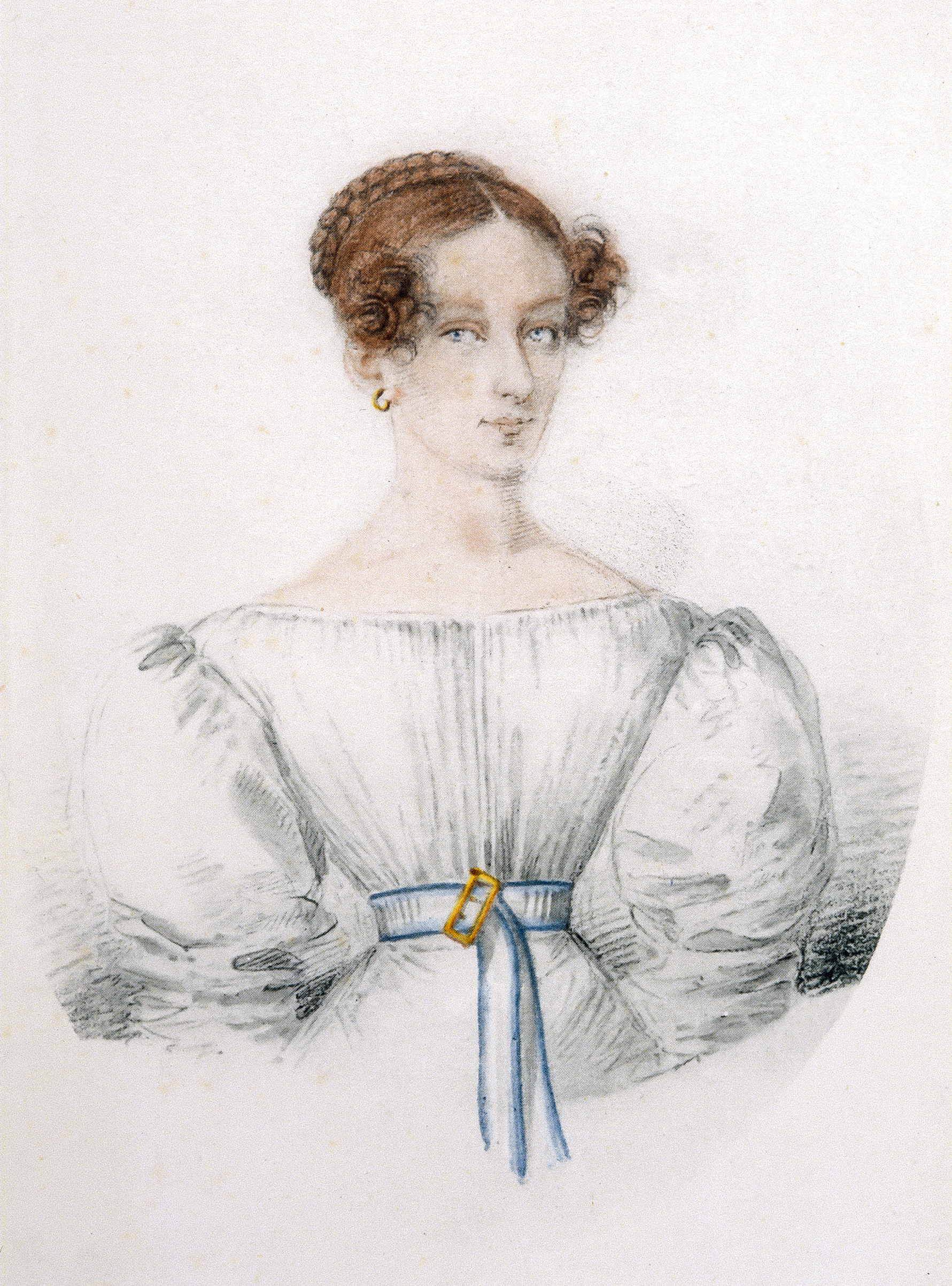
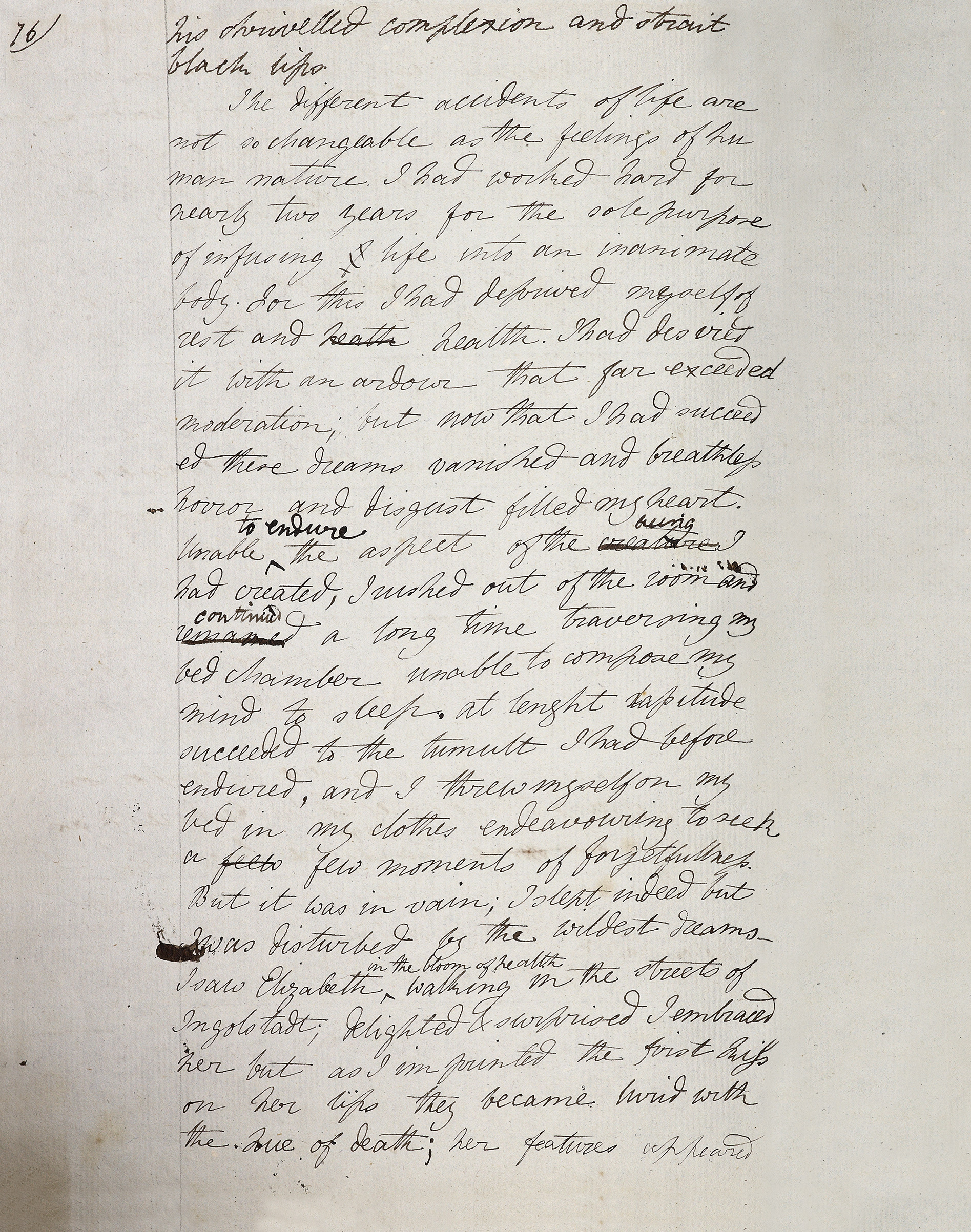
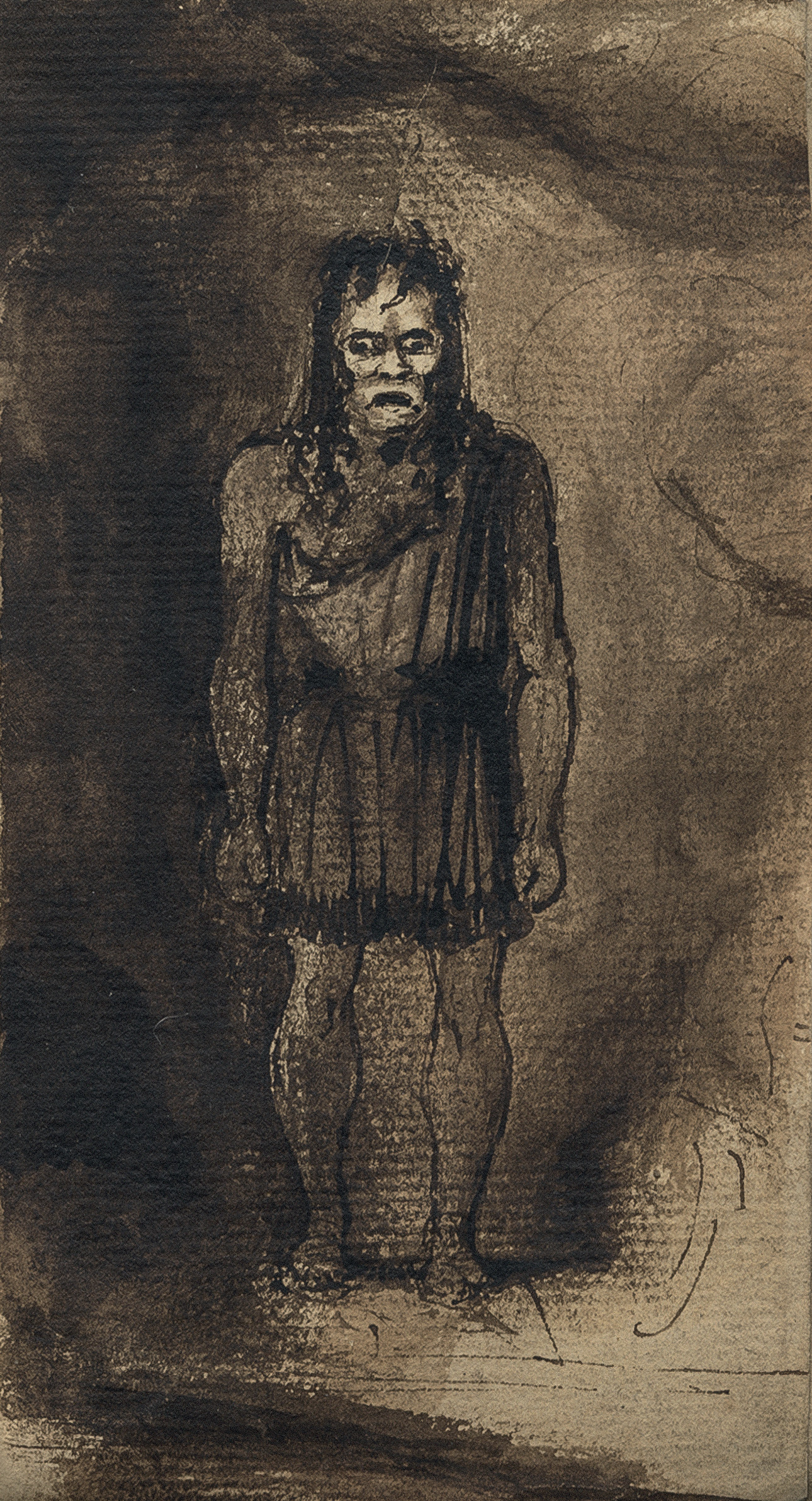
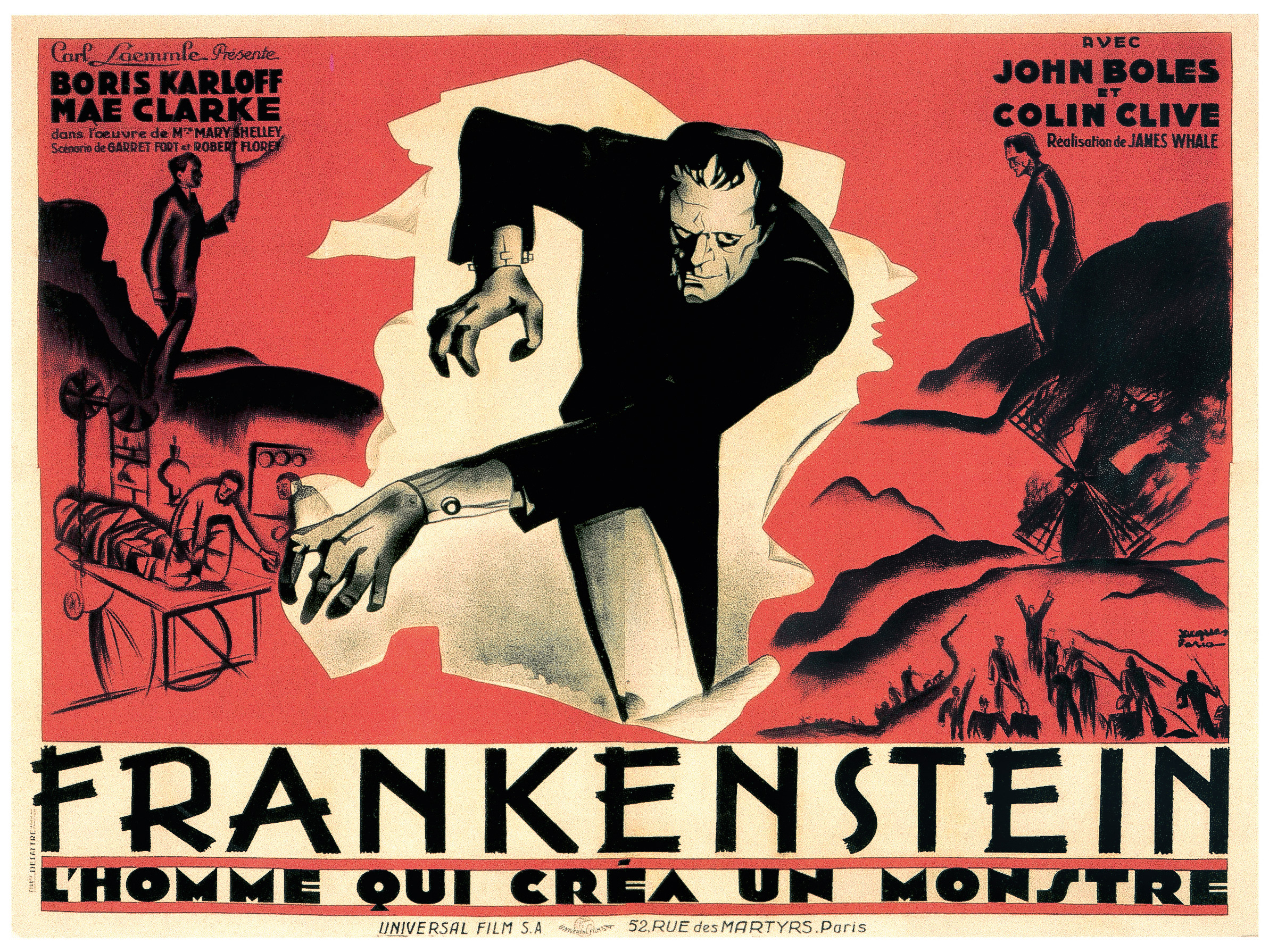
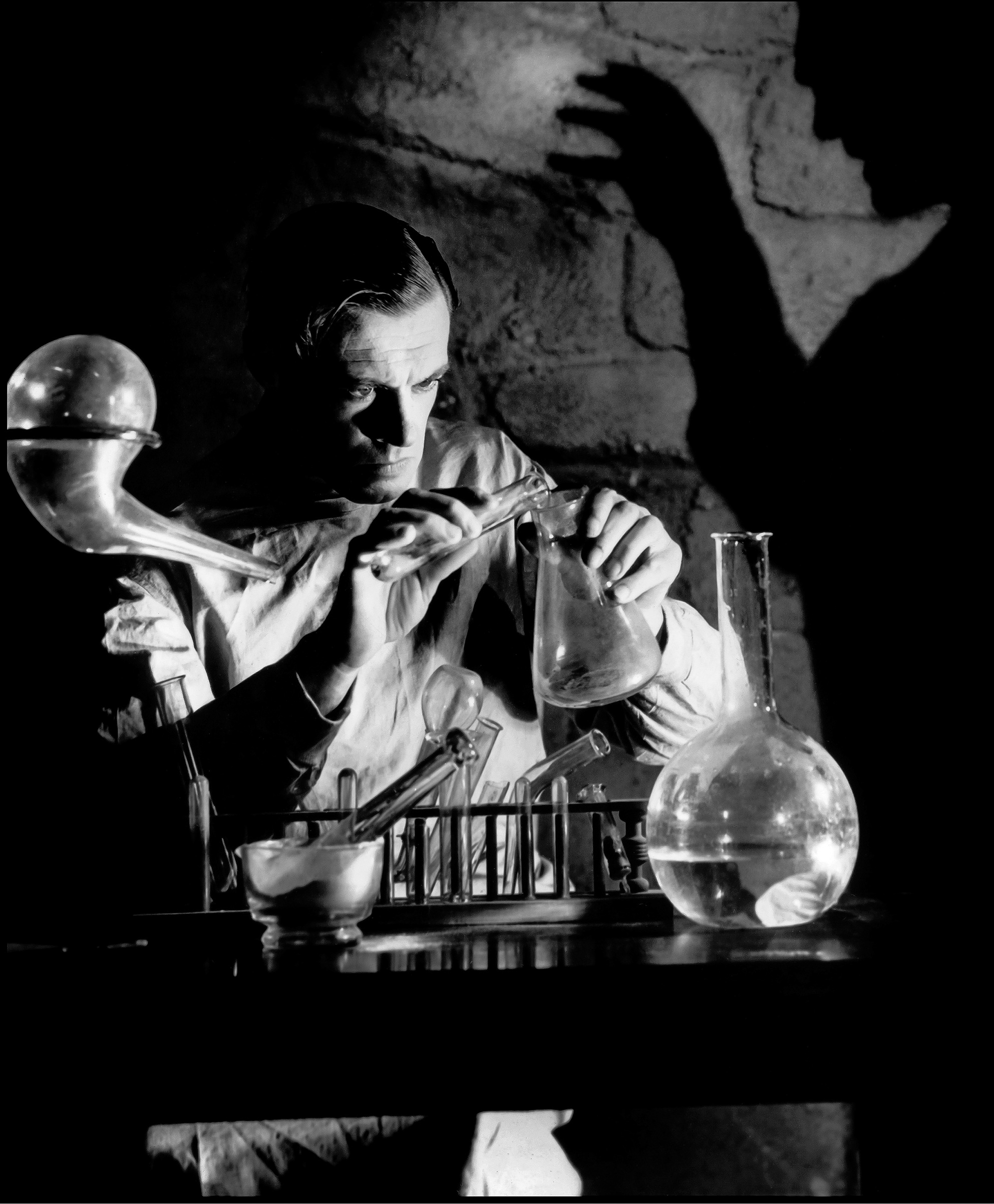


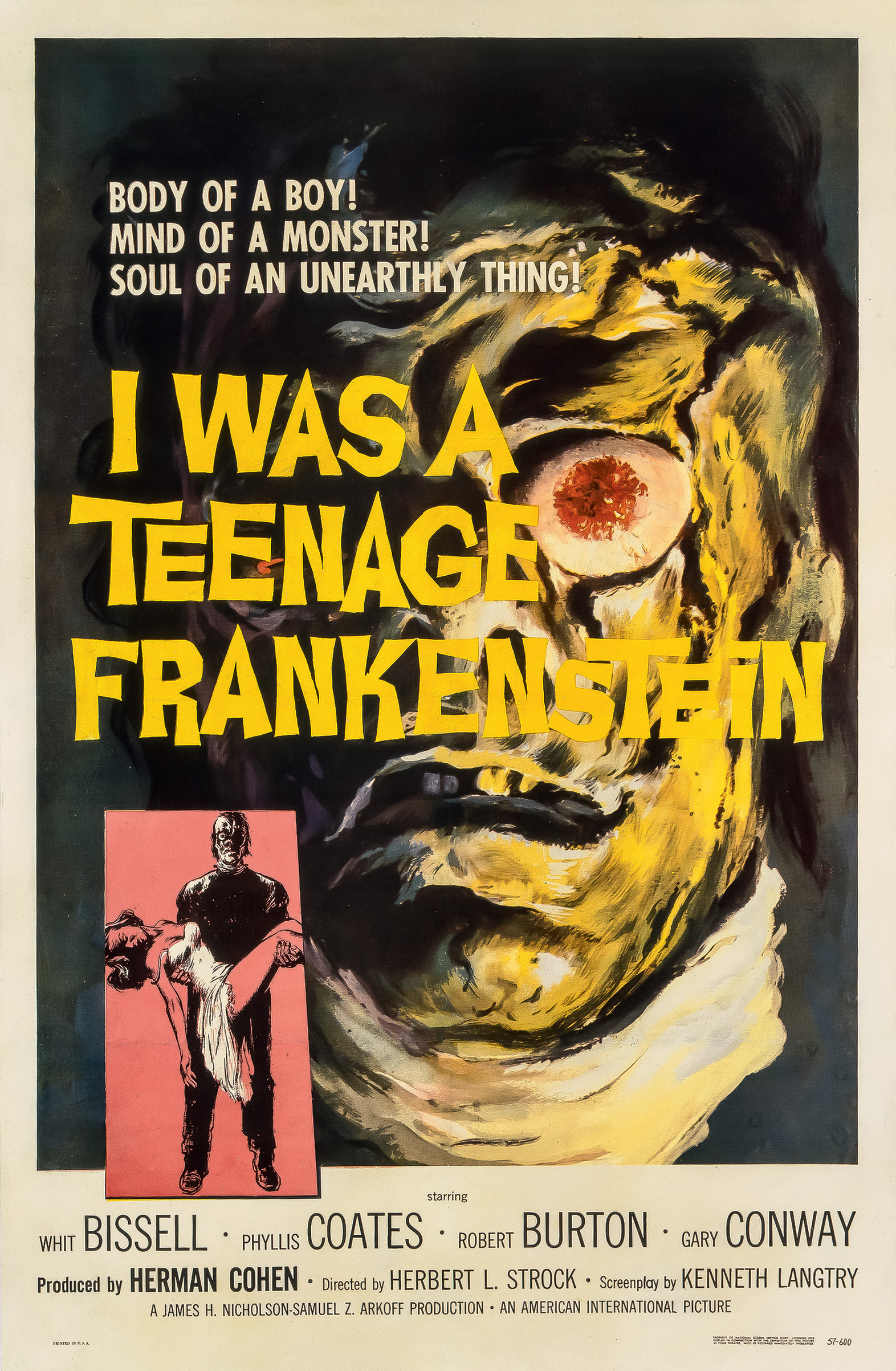
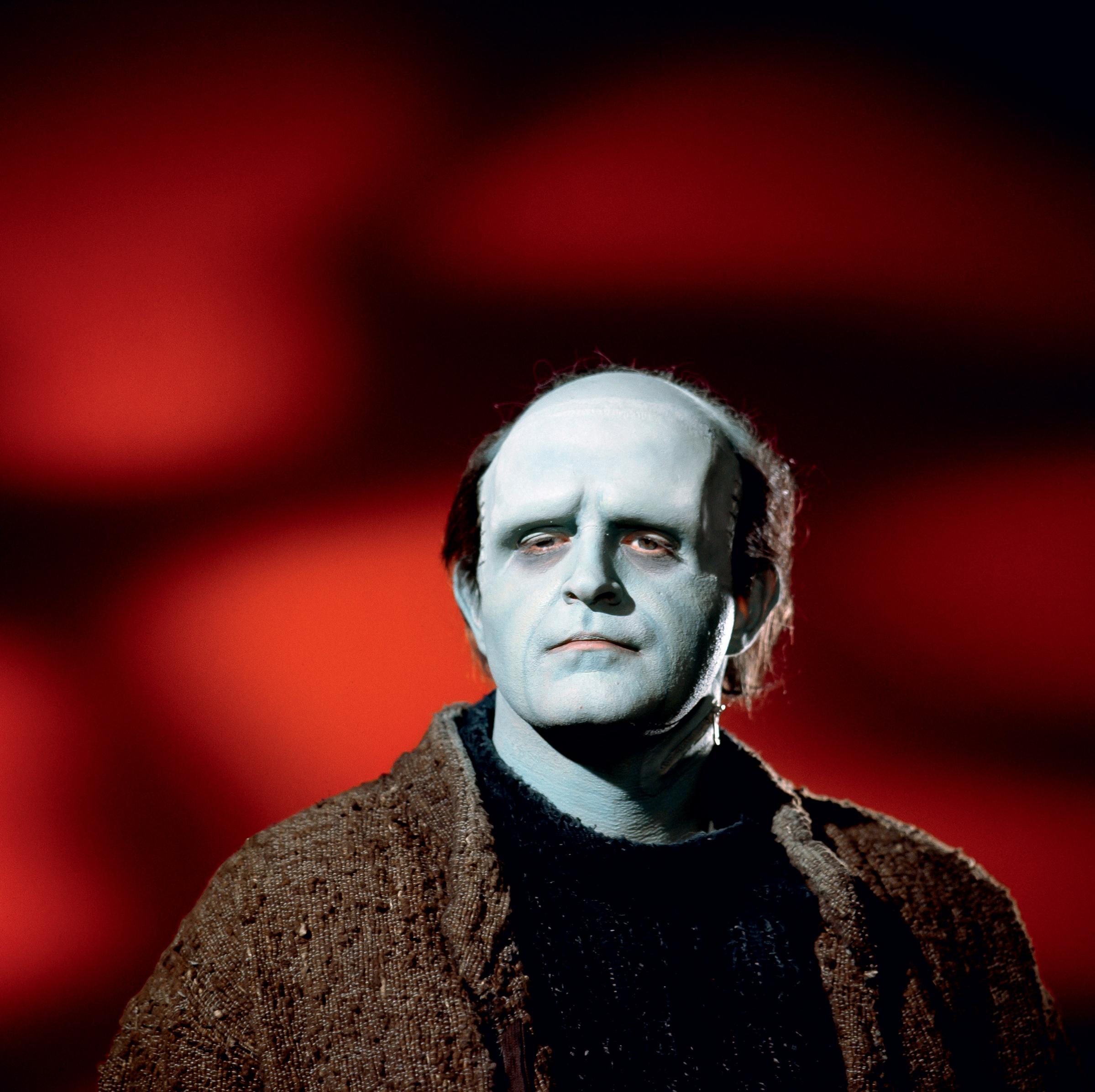
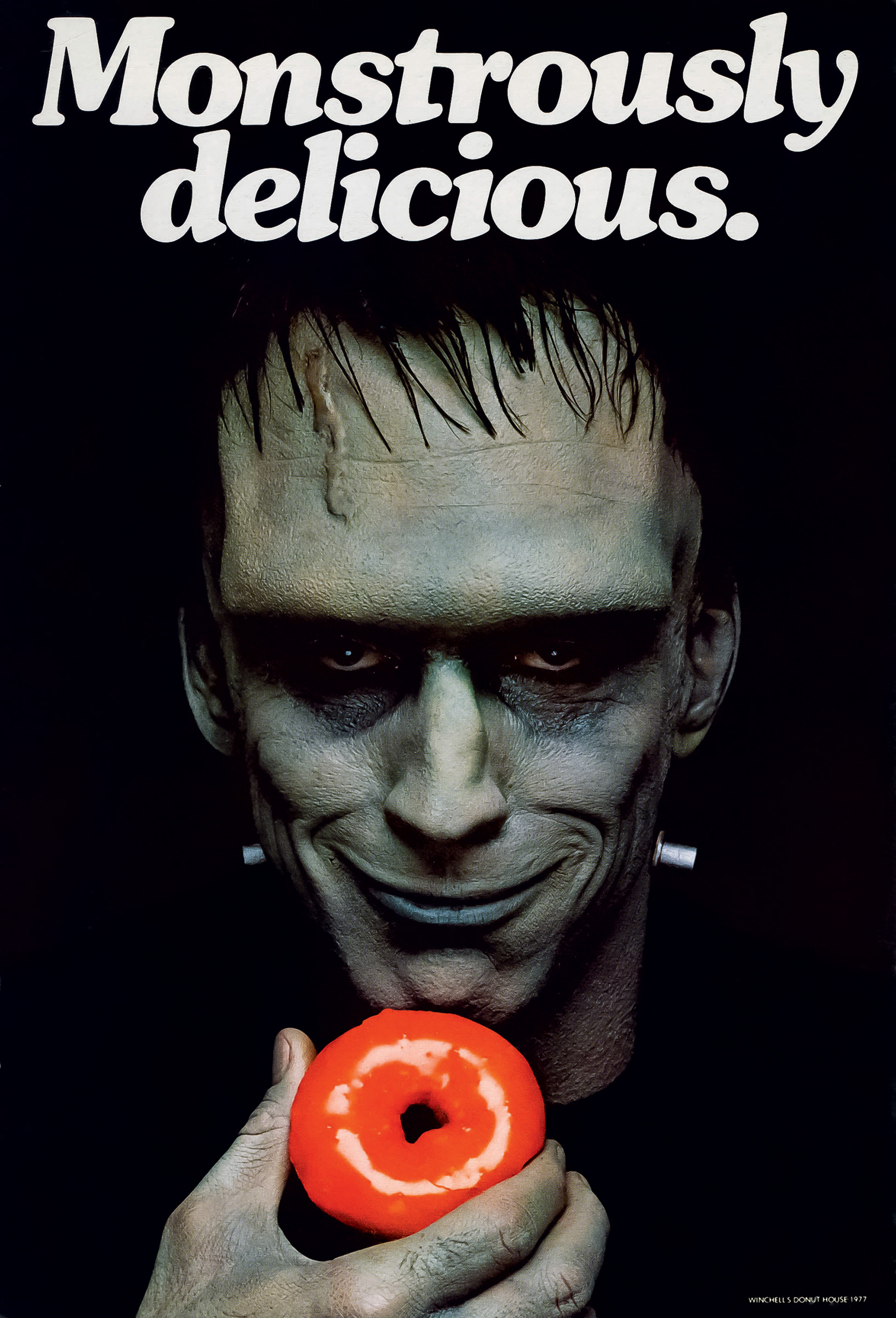
More Must-Reads from TIME
- Donald Trump Is TIME's 2024 Person of the Year
- Why We Chose Trump as Person of the Year
- Is Intermittent Fasting Good or Bad for You?
- The 100 Must-Read Books of 2024
- The 20 Best Christmas TV Episodes
- Column: If Optimism Feels Ridiculous Now, Try Hope
- The Future of Climate Action Is Trade Policy
- Merle Bombardieri Is Helping People Make the Baby Decision
Write to Lily Rothman at lily.rothman@time.com